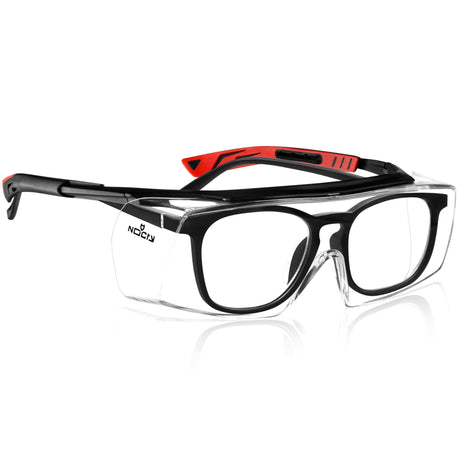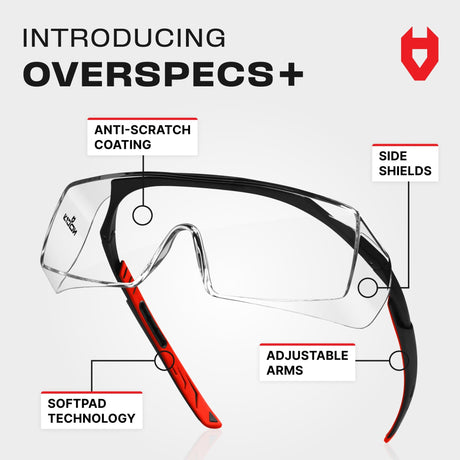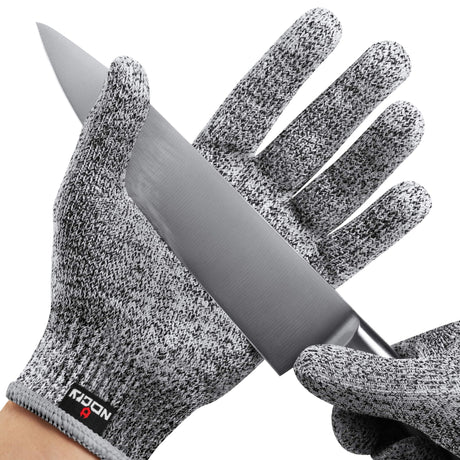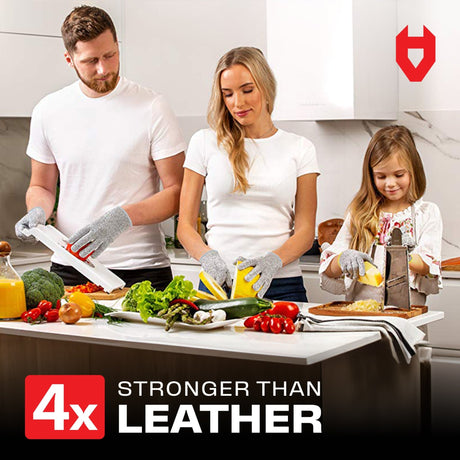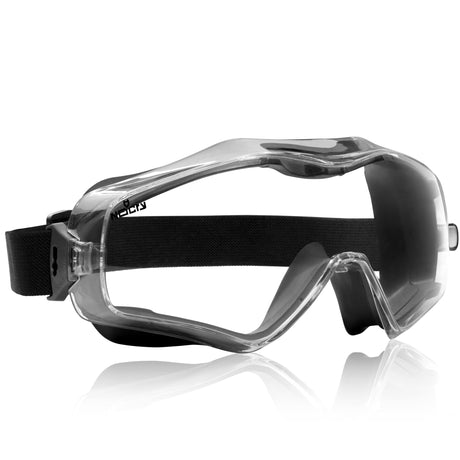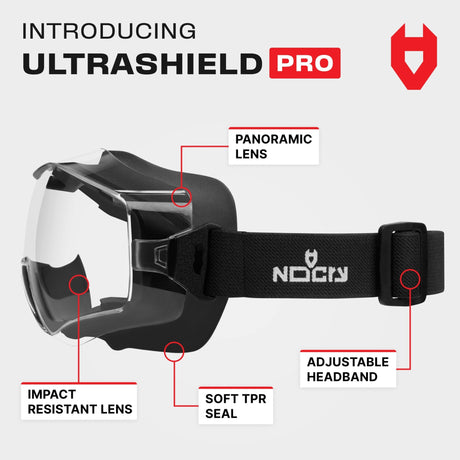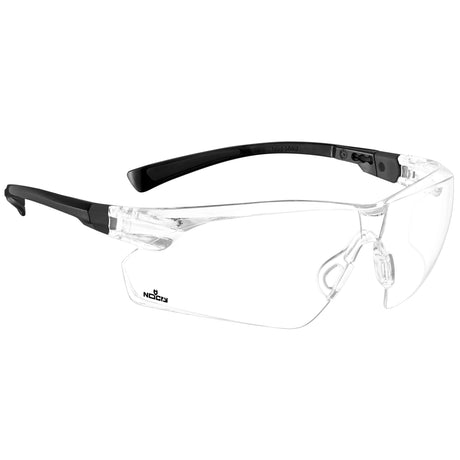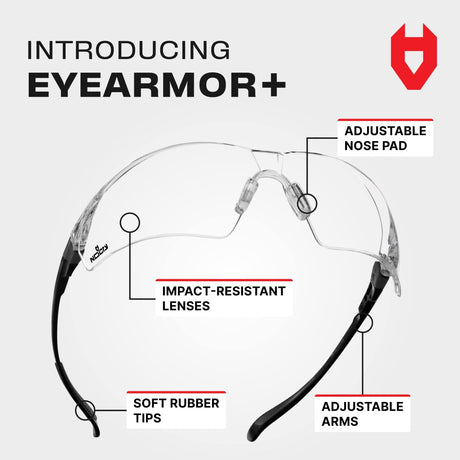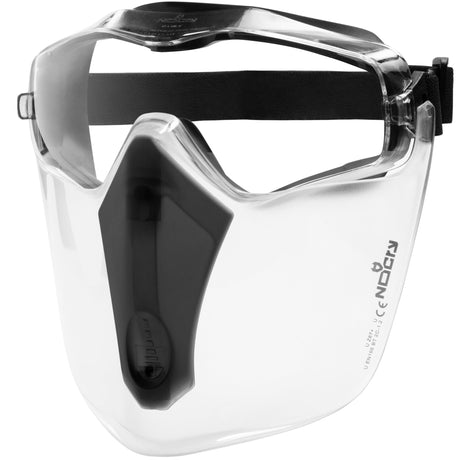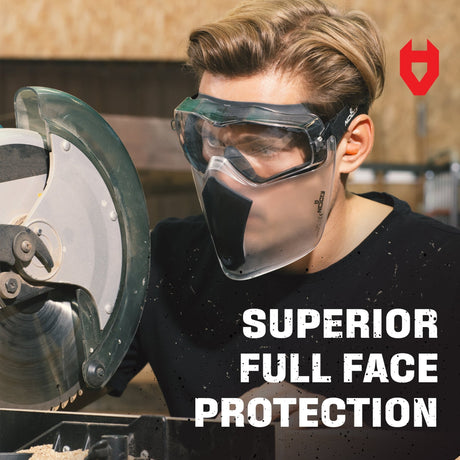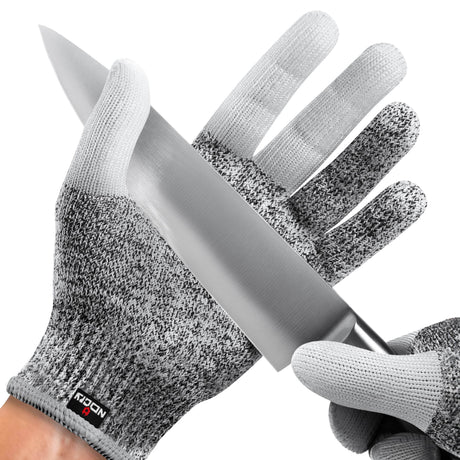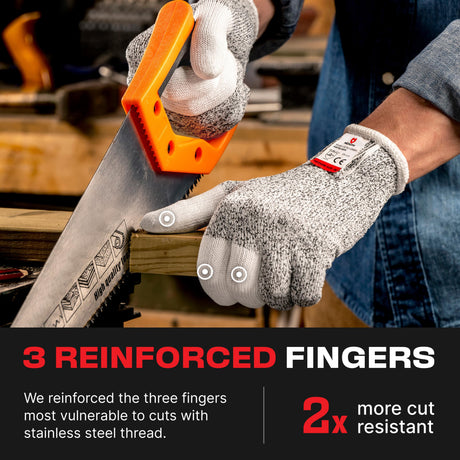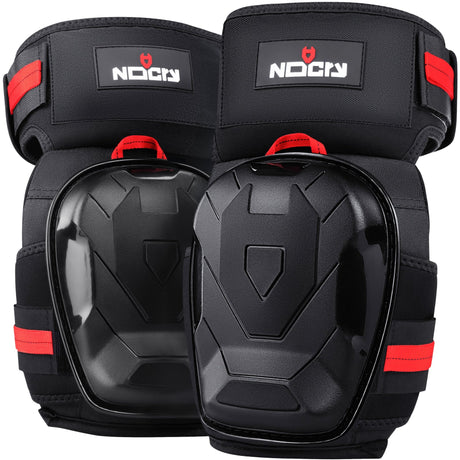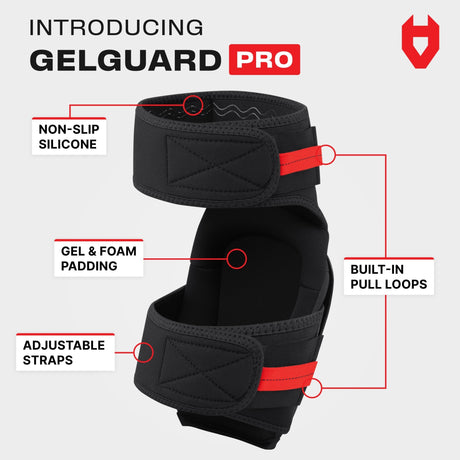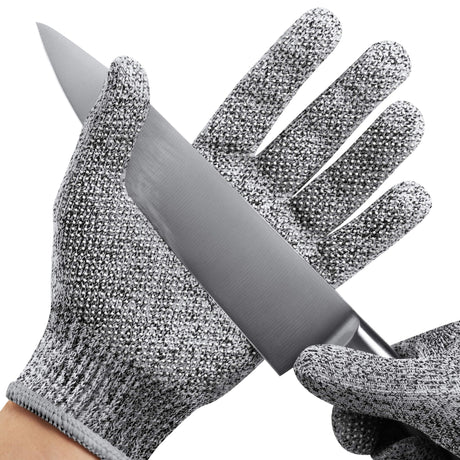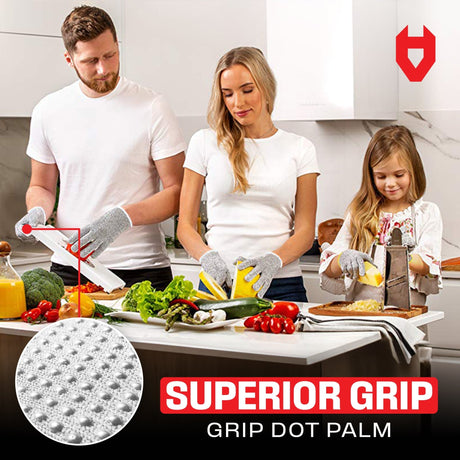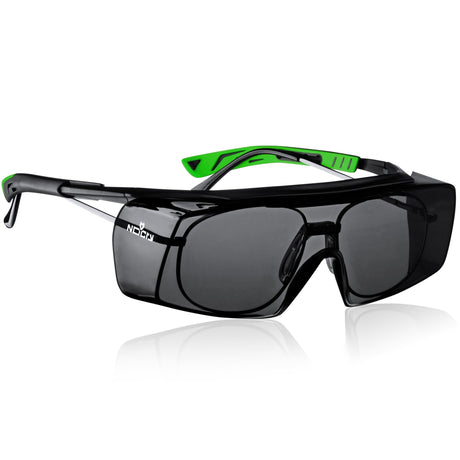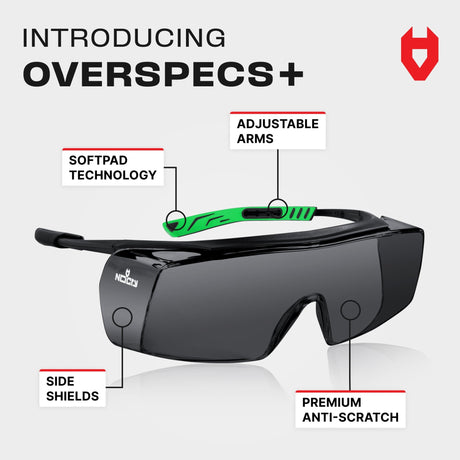Key Takeaways
- Safety glasses vs goggles: Glasses are lightweight and comfortable for general use, while goggles offer sealed protection in high-risk environments.
- Know what safety goggles protect you from: chemicals, dust, sparks, biohazards, and airborne debris.
- When choosing safety glasses or goggles, think about your environment: low-risk jobs favor glasses; high-risk tasks demand goggles.
- In the glasses vs goggles debate, protection level, fit, and coverage are the main differences.
When choosing between safety glasses or goggles, always consider the type and severity of exposure. Goggles are better for full containment; glasses are better for convenience and comfort. This guide will explain the key differences, giving you the knowledge you need to make informed decisions.
What Are Safety Glasses?
Safety glasses are impact-resistant eyewear that resemble everyday glasses but are designed for protection rather than style. They’re built from durable materials like polycarbonate and typically include side shields or wraparound lenses to guard against flying debris and blunt force.
These glasses are ideal for situations where the risk is low to moderate. Because they’re lightweight and ventilated, they’re comfortable for long-term wear. Many models come with UV protection or blue-light filtering for outdoor or screen-heavy work, and prescription-ready options are widely available.
In most discussions around safety glasses vs goggles, glasses are chosen for comfort, ease of use, and sufficient coverage in less hazardous settings.

When to Use Safety Glasses?
Use safety glasses when you need basic eye protection with comfort and visibility, such as:
- Construction, carpentry, or basic workshop tasks
- Landscaping or yard work
- DIY home repairs
- Outdoor jobs needing UV protection
- Screen-heavy work that benefits from anti-glare or blue-light lenses
What Are Safety Goggles?
Safety goggles offer a higher level of protection by sealing tightly around your eyes. With a flexible frame and an adjustable strap, they form a complete barrier that prevents chemicals, dust, vapors, or small particles from entering.
These are the go-to choice for high-risk environments such as:
- Chemical labs
- Industrial grinding or welding
- Medical settings with biohazards
- Dust-heavy zones like construction or mining
Because of their enclosed design, goggles are often preferred, or even required, when working with volatile materials or dangerous airborne particles. The list includes splashes, sparks, dust, fine debris, chemical vapors, and infectious fluids — making goggles essential in many regulated workplaces.

When to Use Safety Goggles?
Use safety goggles when you face high-risk conditions involving fine particles, chemicals, or splash exposure:
- Woodworking, grinding, welding, or cutting metal
- Laboratories and hospitals with exposure to fluids or vapors
- Firefighting, mining, or dusty environments
- Handling cleaning agents or solvents
What Is The Difference Between Glasses and Goggles?
Safety glasses and safety goggles both protect the eyes, but they differ in coverage and design. Safety glasses have impact-resistant lenses and are open around the edges, offering general protection. In contrast, safety goggles form a tight seal around the eyes, providing superior protection against dust, chemicals, and splashes.
Safety glasses often include nose pads for comfort and to help keep them securely in place. Goggles usually don’t have nose pads, as their snug fit around the face holds them firmly without needing additional support.
Deciding between the two comes down to the risk involved. Goggles provide more comprehensive coverage, while glasses offer comfort for lower-risk environments.
The table below highlights the major differences between safety glasses and goggles:
|
Feature |
Safety Glasses |
Safety Goggles |
|
Protection Level |
Moderate (impact, debris) |
High (splash, dust, chemicals, sparks) |
|
Seal Around Eyes |
Partial (side shields or wraparound) |
Full, enclosed seal |
|
Comfort |
Lightweight, breathable, wearable all day |
Bulkier, can be warmer or fog-prone |
|
Prescription Options |
Built-in or worn over glasses |
Usually worn over existing glasses |
|
Best Use Cases |
Construction, outdoor work, light tasks |
Labs, welding, biohazards, heavy dust |
How To Make Sure Your Eyewear Is Safe?
Whether you choose safety glasses or goggles, prioritize:
- Certified impact resistance (e.g., ANSI Z87.1)
- A secure but comfortable fit
- Anti-fog and anti-scratch lens coating
- UV protection or blue light filtering, if needed
- Compatibility with your prescription eyewear, if necessary
Modern designs also include hybrid models that combine features of both — such as foam-lined safety glasses or vented goggles that reduce fogging without sacrificing protection.
Tip: Choose based on risk, not just comfort. If you’re unsure whether to use safety glasses or goggles, lean toward more protection. Comfort matters, but it’s not worth risking your vision. Go with goggles in unpredictable or unfamiliar environments until you’re certain glasses are enough.
So, Which Is Better?
That was a trick question, because in reality, the safety glasses vs goggles decision isn’t about which is “better” — it’s about which is right for the task.
- Choose safety glasses for general eye protection when risks are low, and you need all-day comfort, breathability, and visibility.
- Choose safety goggles for high-risk environments where full eye sealing is necessary to block out fine particles, chemical splashes, or sparks.
What To Choose From NoCry?

Our line-up is built around everyday projects and changing work environments. For general impact protection during tasks like light construction, gardening, or workshop work, our EyeArmor+ safety glasses provide reliable ANSI Z87.1-certified coverage. The OverSpecs come in over-the-glasses (OTG) style, so prescription wearers don’t have to compromise on clarity.
When you step into environments with splash, dust, or airborne hazards — such as metalworking, chemical labs, or dusty job sites — our Classic Safety Goggles offer a fully sealed design that blocks debris and liquids.
Looking for more? Our UltraShield Pro goggles are designed to comfortably fit your face and include anti-fog vents and splash protection, perfect for extended wear in varying conditions.
Our Hybrid Pro model allows quick transitions between open glasses and enclosed goggles through removable seals and interchangeable straps — ideal when job conditions shift throughout the day.
The bottom line is that if you need comfort and impact resistance, go for any of our safety glasses. For full eye sealing, choose one of our safety goggles. And if you tackle multiple risk types in a single day, the Hybrid Pro gives you the best of both worlds.
Conclusion
In the end, your eyes are irreplaceable, and protecting them should always be a priority, no matter what kind of eyewear you use.
But remember: investing in the right protective gear is important because each environment carries unique dangers.
Always let the potential risks guide your choices, ensuring that you keep your vision safe and healthy for years to come. After all, a proactive approach to eye safety can prevent serious injuries.
FAQ
What is the main difference between safety glasses and safety goggles?
The key difference in the safety glasses vs goggles debate is that glasses offer partial protection with open sides, while goggles provide a fully sealed barrier around the eyes. Glasses are better for general impact protection, while goggles are essential when working with chemicals, fine dust, or biological hazards.
What do safety goggles protect you from?
Safety goggles protect you from chemical splashes, airborne dust, sparks, infectious fluids, and fine debris. They are designed to seal tightly around your eyes, making them ideal for labs, hospitals, construction sites, and environments with hazardous materials. This makes the distinction between safety goggles and safety glasses critical when full containment is needed.
What should you consider when choosing the type of eye protection you use?
When selecting eye protection, prioritize the type of hazard, lens material, fit, and any applicable standards. According to OSHA, the right eye protection should shield employees from hazards like flying particles, molten metal, liquid chemicals, acid or caustic liquids, chemical gases or vapors, or potentially harmful light radiation. It should also be comfortable, provide a good field of vision, be durable and cleanable, and fit properly.
When should I wear safety eyewear?
Wear safety glasses for low-risk tasks like light construction, outdoor work, or DIY projects. Opt for safety goggles when the environment involves high-risk exposure, such as welding, chemical handling, or working in dusty or contaminated areas.
Can I wear goggles over prescription glasses?
Yes, most safety goggles are designed to fit over regular prescription glasses without compromising the seal or your vision. If you’re choosing between safety glasses or goggles and wear prescription lenses, you can also look for prescription-ready safety glasses or OTG (over-the-glasses) goggles.
Are safety goggles more effective for dusty environments?
Yes, goggles are more effective in dusty environments because they create a complete seal, preventing fine particles from entering. While safety glasses may block some debris with side shields, they do not offer the same level of containment, making goggles the better choice for heavy dust or airborne hazards.







